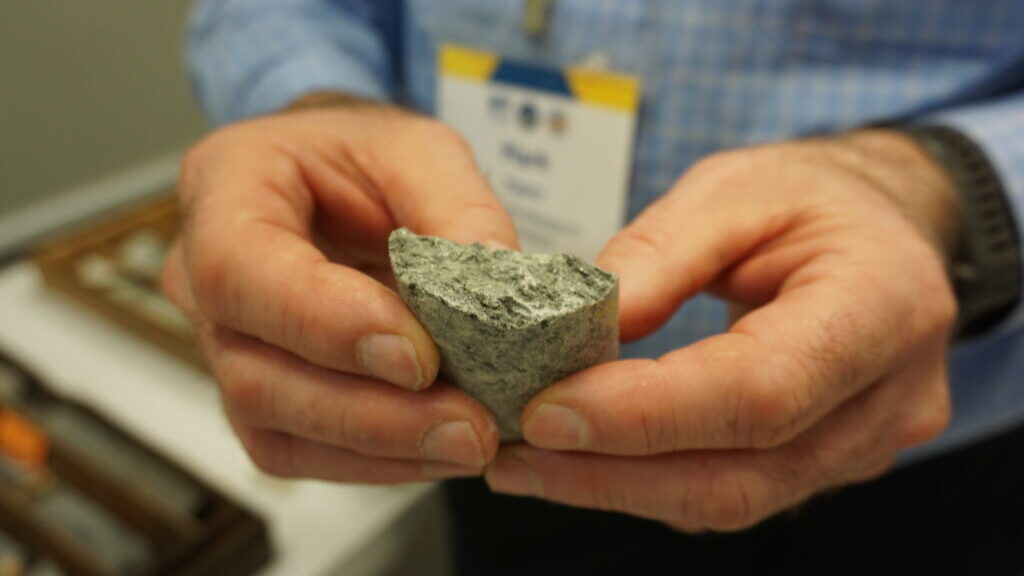Unleashing Geologic Hydrogen: A Key to Decarbonization
Key Ideas
- Geologic hydrogen, naturally occurring in the earth through serpentinization, is gaining global attention as a zero-emissions alternative to petroleum drilling.
- Estimates suggest the earth holds about 5 million megatons of geologic hydrogen, with accessing just 2% potentially meeting global demand for over 200 years.
- Alaska, with its seismic and volcanic activity, mineral deposits, and energy needs, emerges as a key region for geologic hydrogen research and development.
- While challenges like hydrogen molecule size and trapping exist, the success story of Bourakebougou in Mali showcases the potential of geologic hydrogen for powering communities sustainably.
The University of Alaska Fairbanks recently hosted a workshop on geologic hydrogen, shedding light on its potential as a key player in the global shift towards decarbonization. As the most abundant element in the universe, hydrogen's presence in the ground, particularly through serpentinization, is now being explored as a way to tackle climate change. USGS geologist Geoffrey Ellis outlined the significance of shifting to hydrogen for energy-intensive industries. Estimates indicate vast reserves of geologic hydrogen, with Alaska identified as a promising region for exploration due to its unique geological characteristics. Despite challenges in extraction and separation, the success of Bourakebougou in Mali, powered by geologic hydrogen, serves as an inspiring example of sustainable energy use. With ongoing research and development, geologic hydrogen presents a promising pathway towards a greener energy future.
